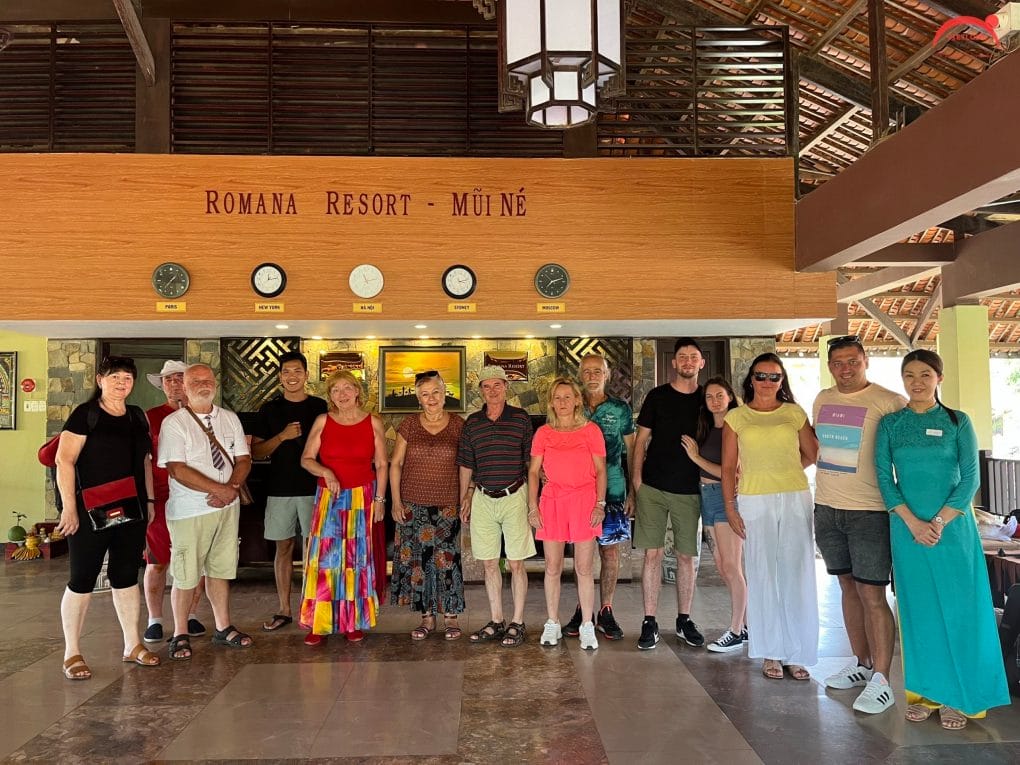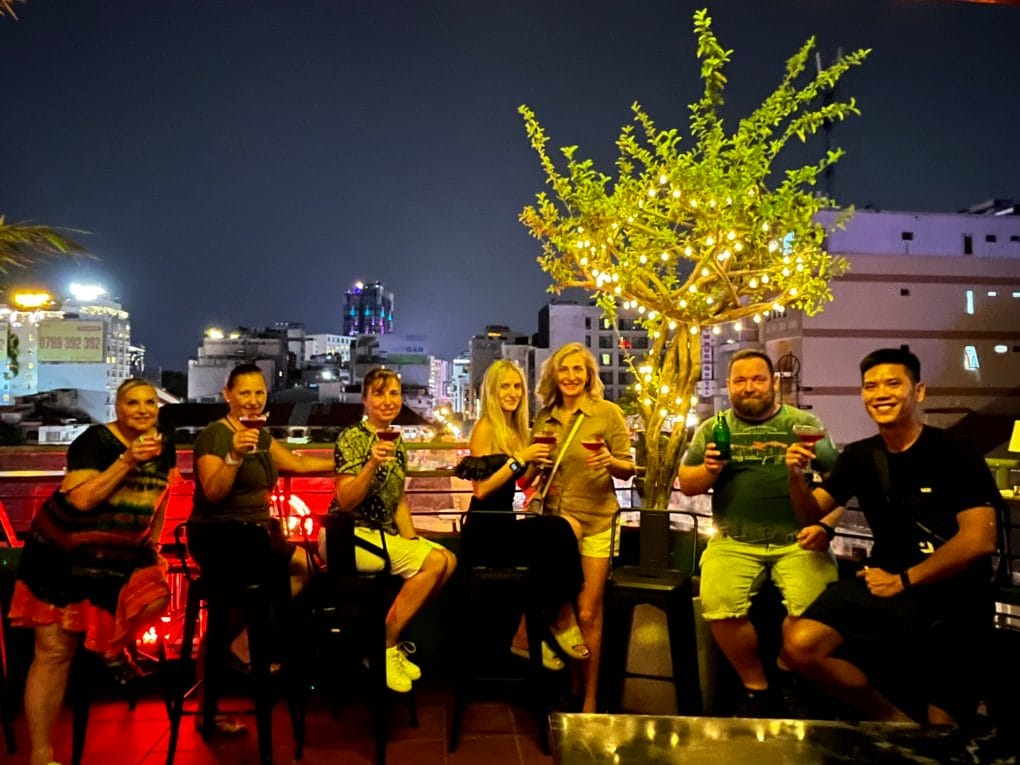The wooden church was built by a French priest named Guise Decrouille in 1913. The church was built with hundreds of cubic meters of such high-quality wood as rose-wood and ca chit, a valuable wood once growing in abundance across the Central Highlands but rather rare these days. In front of the church, a bell tower points up high into the sky. The bell’s clear “ding, dong” sounds still vibrate through the morning and afternoon air in the poetic town of Kontum in the mountainous region. The church’s architecture combines Roman and Gothic arches and features of Vietnam’s Central Highlands styles. The whole structure stands one meter above the ground on wooden pillars like many hill tribes’ houses and communal houses. The church’s inside was also decorated in the Central Highlands style to make it suitable to the traditional culture of the people in the region. The church was built on a generous area of thousands of square meters so that it could received thousands of Catholic followers coming for prayer every day. In 1994, the church was repaired and expanded, and concrete foundations now support the pillars. More than a place of worship for Catholics, the church has been turned into a place of culture and tourism for those who tour Kontum. On the church grounds are a house for welcoming visitors, a house for displaying handicrafts of ethnic minority groups and a prototype communal house, which symbolizes the Central Highlands’ culture. Besides those, there is a house, named To Am Vinh Son 1, that shelters orphaned children and old people who don’t have any relatives to care for them. Catholic nuns are looking after some 200 children, from infants to 12-year-olds. Mothers sometimes leave their new-borns outside the church for the nuns to find them. Around 500 meters from the church, Kontum bishops have an office to store all documents related to the development of Catholicism in the highlands. The area around the church, apart from interesting, is beautiful. Standing on the Koklop Suspension Bridge across the slowly moving Dakbla River, visitors can see the village of the Ba Na and J’rai peoples along the river. The brick houses’ roofs glow in the late afternoon light, and sometimes visitors will spot a lonely boat swimming upstream for a fishing excursion after sunset.
You May Also Like
How to plan a perfect Family Holiday to Vietnam
Are you trying to plan an enjoyable, instructive, and unforgettable family vacation? Do you wish to travel to a nation…
A Family Holiday in Vietnam and Cambodia – All you need to know
I. Perception of a Family Vacation? A family vacation is a trip taken by members of a family unit, typically…
What is the cost of a 12-day Vietnam Cambodia Family Holiday roughly?
Embarking on a family tour to Vietnam and Cambodia is an exciting and enriching experience that offers a wealth of…
Why to book a Vietnam Cambodia Family Holiday via Local Agents?
When planning a family holiday to Vietnam and Cambodia, one of the most important decisions you’ll make is how to…
How to plan a flawless Family vacation to Vietnam and Cambodia?
Embarking on a family vacation to Vietnam and Cambodia is an exciting and enriching experience that offers a wealth of…
Why a Family Vacation to Vietnam and Cambodia?
Embarking on a family tour of Vietnam and Cambodia is an enriching and transformative experience that offers countless benefits for…






